In the world of culinary delights, there are ingredients that not only tantalize the taste buds but also carry a rich history. Enter Berberis, the genus of shrubs known for producing the barberry, a prominent ingredient in many Ottolenghi recipes. It wasn’t until I became an obsessive fan of the ottolenghi recipes (and own all the books) that I realized how popular barberries are to the Yotam universe of cooking. (They are in a lot of recipes!). Barberries are not in any of my local grocery stores. I am however familiar with genus berberis (notably, japanese barberry) in the garden. So I set out to answer a few questions about how I might get the tangy ingredient from the landscape.
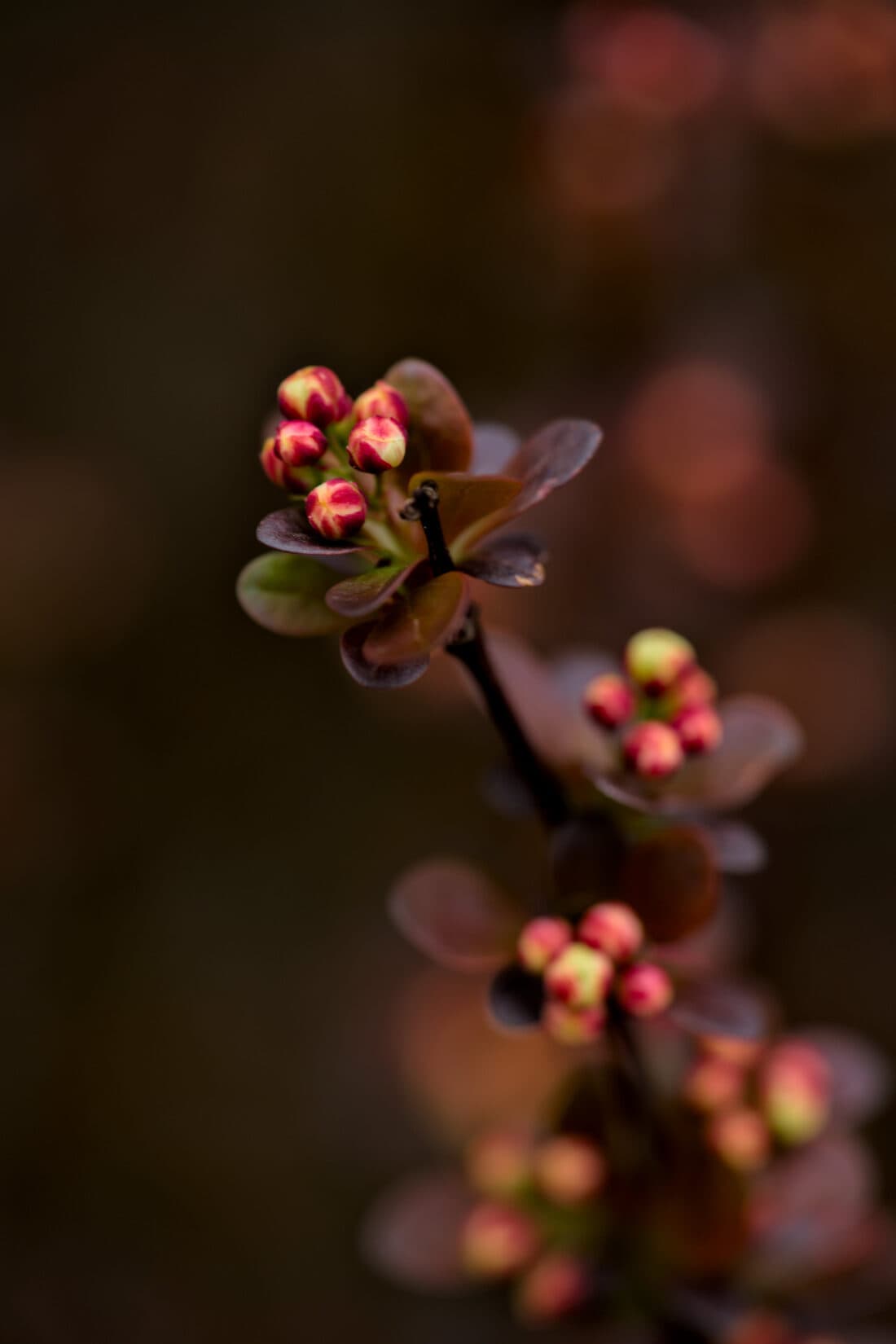
Yotam Ottolenghi – Barberry lover
If you are anything like me, food and home cooking featured strongly in your activities last weekend (it was a holiday weekend after all). Lately, all of Yotam Ottolenghi’s cookbooks (Ottolenghi, Plenty, Plenty More, and Jerusalem, etc.) are in heavy rotation in my kitchen.
Saturday night I made the Lemony Leek Meatballs accompanied by the Latkes (which interestingly and deliciously require parsnips), and on Sunday the Roasted Onion and Arugula Salad with Walnut Salsa was a great accompaniment to our traditional holiday ham and au gratin potatoes. This was the 5th and 6th time in as many days that I cooked from an Ottolenghi cookbook; I am, without question, obsessed.
But here is the problem. Many recipes call for barberry and until recently I wasn’t sure where to get them. Let alone how to grow or forage for them myself.
While the recipes focus heavily on vegetables, they also require a unique set of ingredients that aren’t regularly found at mainstream grocers or in the garden. Everything from Sumac to Barberries can of course be found online…but they have me curious to grow or harvest my own fresh varieties.
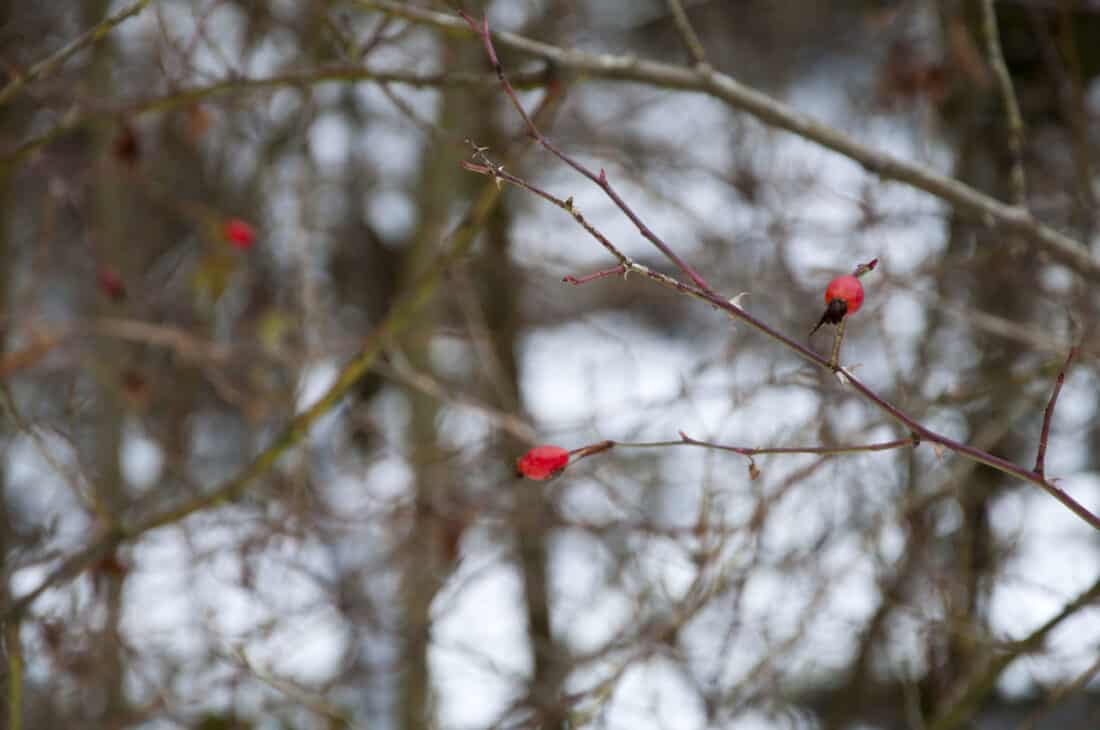
Berberis Vulgaris (European Barberry) – Not if You’re New Englander
Odd and exotic delicacies are my thing – so lately I’ve been focussing on barberries.
Berberis vulgaris (European Barberry) has been banned in New England and Canada for over a hundred years. It was first bought to the country by early American settlers from England who used it for dye and jam.
The first US laws to outlaw it (due primarily to the fact that it carried Puccinia graminis) were written in the 1800’s. Puccinia graminis is a rust that diminishes wheat oat and cereal crops.
In Europe, European barberry (Berberis vulgaris) serves as an alternate host for certain species of Puccinia fungi, including Puccinia graminis, which is responsible for causing a destructive plant disease known as stem rust or black rust in wheat and other cereal crops. Wheat rust is a devastating fungal disease that can lead to significant reductions in crop yields and grain quality.
Berberis and Puccinia
The life cycle of the rust fungus involves alternating between two hosts, a primary host (typically a grass or cereal crop like wheat) and a secondary host, which is often a barberry species like European barberry. The fungus produces spores on the cereal crop. The spores are wind-dispersed to nearby barberry bushes.
On the barberry, the fungus completes part of its life cycle. It produces a different type of spore that can infect cereal crops once again, thus continuing the disease cycle.
This ecological relationship between European barberry and wheat rust has been known for centuries. Even in ancient Greece, people observed the impact of Puccinia fungi on cereal crops. While they may not have fully understood the complex life cycle, they recognized the link between barberry bushes and wheat rust disease. The writings of Theophrastus, a Greek philosopher and botanist documented the damaging effects of rust on wheat.
In efforts to control wheat rust, various regions in Europe implemented measures to eradicate or reduce European barberry populations near wheat fields. These measures aimed to break the disease cycle by eliminating the secondary host. In modern agriculture, the control of both barberry and the disease-causing Puccinia fungi remains important in managing wheat rust and ensuring food security.
New Englanders unfortunately had imported berberis vulgaris as early as the 1600’s and it was already escaping into the wild. Berberis vulgaris is an invasive species that is not hard to find in the woodlands of New England. If you see it – usually because it’s bright red berries catch your eye, feel free to harvest the barberries to dry or eat. But also – feel free to destroy the plant.
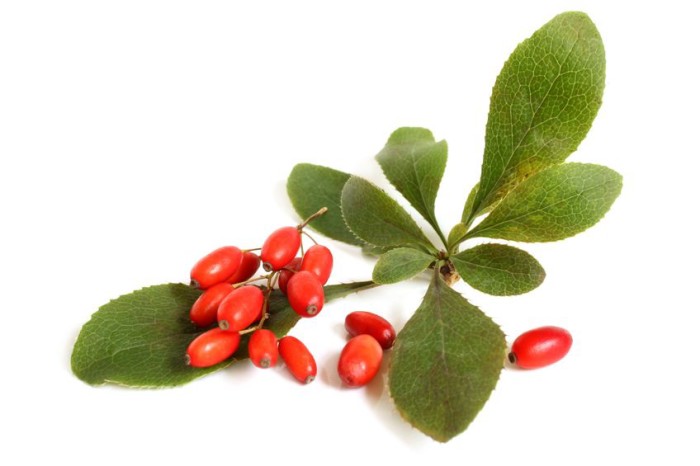
Berberis Thunbergii – Japanese berberis is Invasive.
Berberis thunbergii – or Japanese barberry was thought to be a great ornamental substitute for berberis vulgaris. It was promoted in the early 1900’s until it too ‘escaped the village’ and was found growing wild, outside of cultivated gardens, and it is now also banned.
To my mind, this makes any ‘wild’ berberis plants you might find an excellent choice for foraging as the fruit of all berberis are edible and picking it will reduce the amount available to birds. Birds (eating and then pooping seed) are part of the unchecked invasive spread of non-native berberis .
In its heyday, Japanese barberry was one of the most popular barberries to grow among gardeners. It has 4-season interest, easy growth, and general toughness. It has been relied upon for filling the spots that are difficult, including hill sides and slopes, poorly irrigated and sun baked rough patches and in places where you might want to to deter people. Berberis of all sorts – and Japanese barberry included are not friendly plants. Vicious thorns cover their stems.
But…
Japanese berberis (berberis thunbergii) is invasive in a vast majority of states and therefore illegal to sell and grow in your garden.
(so don’t plant it – but do pick the berries! – it will help stop the spread of the plants that do exist)
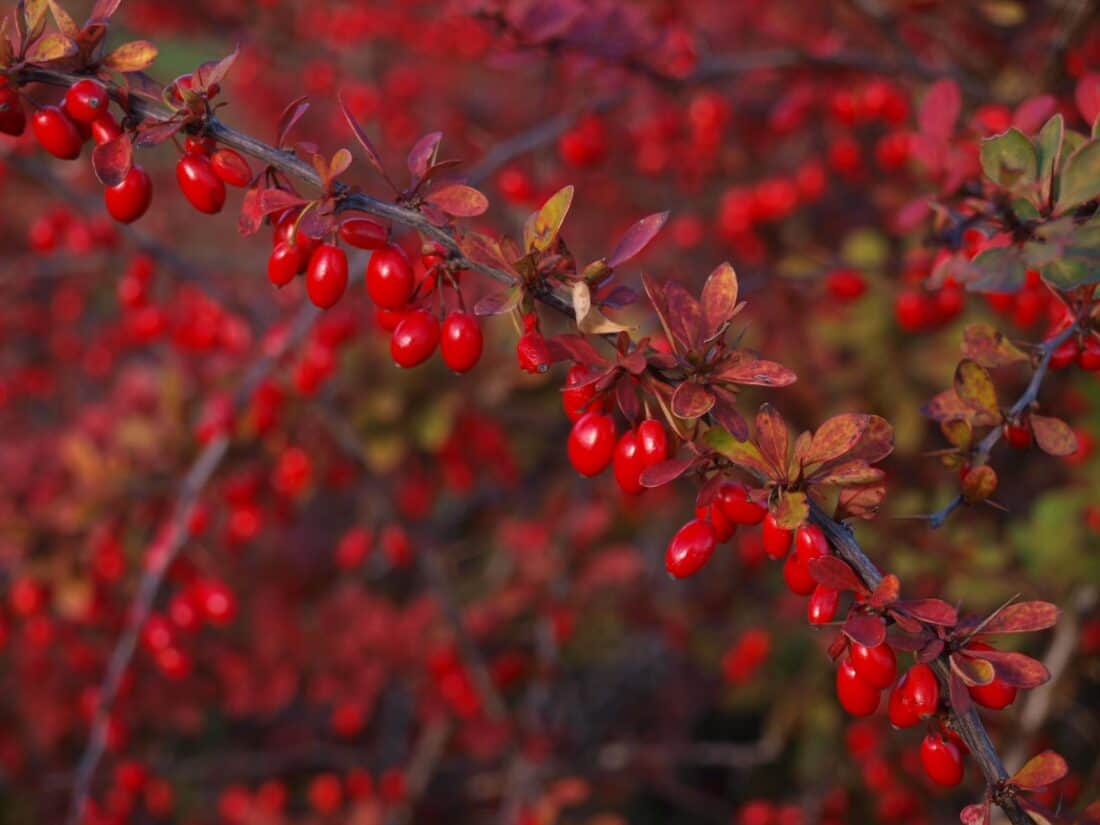
Berberis Thunbergii and Lyme Disease
Barberry (Berberis vulgaris, berberis thunbergii and related species) has also been associated with the spread of Lyme disease. This is primarily due to its role in providing habitat for white-footed mice (Peromyscus leucopus), which are known carriers of the Lyme disease bacterium, Borrelia burgdorferi.
This association has been observed in North America, where Lyme disease is prevalent.
Here’s how the Barberry bush – Lyme connection works:
- White-Footed Mice Habitat: White-footed mice are common hosts for black-legged ticks (Ixodes scapularis), which are vectors for Lyme disease. These ticks feed on the blood of infected mice, acquiring the Borrelia burgdorferi bacterium.
- Tick Lifecycle: Ticks have a four-stage lifecycle: egg, larva, nymph, and adult. During each stage, they require a blood meal to progress to the next stage. If the nymph stage tick feeds on an infected white-footed mouse, it becomes a carrier of Lyme disease.
- Barberry’s Role: Barberry shrubs create a favorable environment for white-footed mice. They provide dense, thorny cover and berries that these mice find attractive as a food source. When white-footed mice thrive in areas with abundant barberry shrubs, the likelihood of tick nymphs acquiring Lyme disease from the mice increases. Barberry thickets may also have increased humidity beneath their branches which is also
- Human Exposure: When infected nymph stage ticks feed on humans or other mammals, they can transmit the Borrelia burgdorferi bacterium, causing Lyme disease.
Efforts to reduce the risk of Lyme disease transmission have included managing or removing barberry shrubs from areas frequented by humans. By reducing the habitat for white-footed mice, it is believed that the incidence of Lyme disease can be lowered.
It’s important to note that while the association between barberry and Lyme disease has been studied, it is only one of several factors that contribute to the spread of the disease. Other factors include the density of tick populations, the presence of other host animals, and human behaviors that increase exposure to ticks in endemic areas. Lyme disease prevention primarily involves tick avoidance strategies. Wear protective clothing and use tick repellents when spending time in areas where ticks are prevalent.
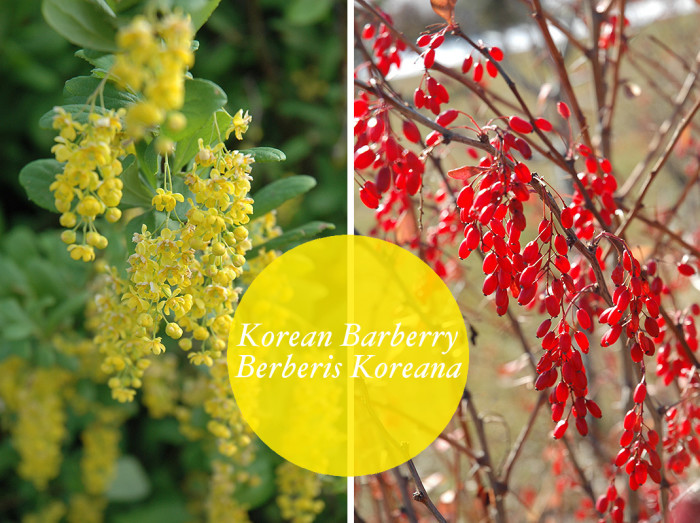
Is Korean Barberry (Berberis koreana) better?
Berberis koreana does seem to remain an option for the northern gardeners to cultivate the barberry berries. In my research I’ve found that this has all the attractiveness of other varieties (hardiness, berries, and four season interest specifically). But it does not host Puccinia graminis and it has not been listed as invasive with the USDA. (With the exception of one note I discovered for a small area of Vermont – which I am having trouble verifying).
I worry about introducing something new – because, how do you know you aren’t the first to bring something we will eventually learn was a mistake into your regional landscape? I’m thinking it needs more research and experimentation before giving this a thumbs up.
Berberis Canadensis – Allegheny Barberry or American Barberry
Perhaps the best option for growing your own barberry is Berberis canadensis, commonly known as Allegheny Barberry. It is a US and Canada native plant and was a known food source of Native Americans across the southeast USA.
Berberis canadensis is a versatile and hardy shrub that finds its place in both gardens and natural landscapes. Allegheny Barberry is appreciated for its resilience and adaptability. It makes an excellent choice for gardeners seeking a low-maintenance yet visually appealing addition. It isn’t as ornamental as other varieties but it still has a lot of interest.
The dense, arching branches of Allegheny Barberry are adorned with small, oval leaves that transition through vibrant shades of green to brilliant red in the fall, creating a burst of seasonal color. The shrub’s thorny branches also provide nesting sites and protection for birds.
Its berries are a valuable food source for wildlife and are edible by people too.
IAllegheny Barberry is a host for Puccinia graminis so it’s potential might be limited near cereal crops.
You can purchase Allegheny Barberry (berberis canadensis) through Woodthrush Natives.
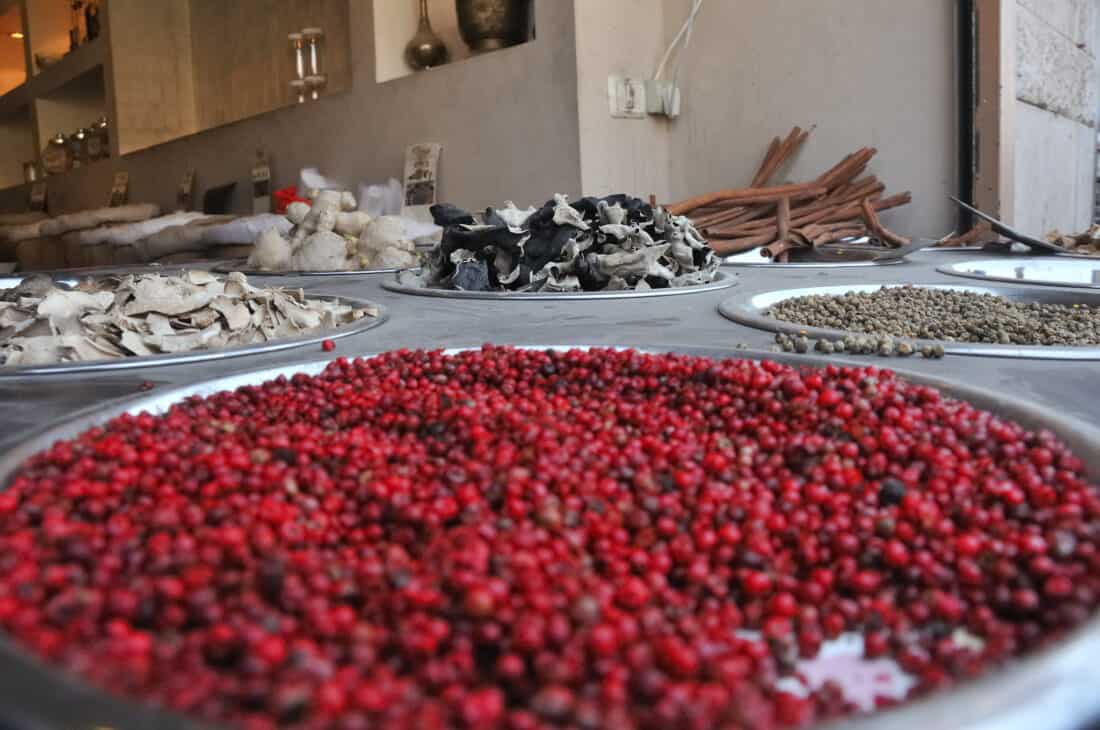
Harvesting and Preparing Barberry to Eat
When it comes to harvesting, it’s best to gather barberries when fully ripe, usually in late summer or early fall. Once harvested, barberries can be preserved through various methods.
One popular approach is making barberry jam or jelly, which combines their natural tartness with sweetness.
Drying barberries is another option, creating a handy ingredient for pilafs, salads, and baked goods. These dried barberries can be easily rehydrated for use in savory dishes.
Additionally, barberries are often used to make Persian dishes like Zereshk Polo, where they’re rehydrated and sautéed with rice. Whether you’re preserving, drying, or using them fresh, barberries bring a unique zing to your culinary creations. They offer a delightful contrast of flavors in both sweet and savory dishes.
An of course… there are a plethora of Yotam Ottolenghi recipes that feature them.
Cranberries are a good Substitute for Barberry
I live in New England and love to eat the foods that grow here. As much as I love the Middle eastern influences that characterize Yotam Ottolenghi’s recipes, I also love infusing my versions of them with the genius loci of my own culture and landscape.
When I come across a recipe asking for Barberry – I most often use dried Cranberries instead. The barberry that Ottolenghi sources in lebanese and middle eastern markets is already different to the barberry I could forage for here. So why not use something similar but that carries with it the flavors of my own landscape?
If you’re looking for a substitute for barberries, in addition to dried cranberries, you could also try dried currants or dried cherries for a similar tart flavor. Experiment with pomegranate seeds or raisins as alternatives in your recipes. These options can provide a similar burst of sweetness and acidity to your dishes.
TL;DR about Barberries
All barberry fruit are edible so you can harvest and eat any barberry from anywhere. Barberry do however container berberine which can, in larger quantities cause upset stomach.
Many barberry plants are either invasive or carriers for Puccinia graminis which makes growing them risky or illegal. But there are many that have already escaped to wild and you can confidently harvest those berries.
Also – I substitute for dried cranberries. It has worked 100% of the time. Every dish I’ve swapped them in has been amazing – and I have made a lot of Ottolenghi recipes.
Until the fall harvest of barberries is obvious on walks in the woods, I’ll continue to substitute dried cranberries or cherries. (Which I can find locally with great ease but which do give a somewhat different flavor).
If you’re looking for a substitute for barberries , you can try using dried cranberries, currants, or chopped apricots as alternatives. These fruits offer a similar tangy and slightly sweet flavor that can be used in dishes like salads, pilafs, and sauces.
If you are struggling to pick wild or from your garden – you can spend the $20 to get a bag of wild harvested berries from the pacific Northwest .
Other Related Posts about Ticks and Barberries:
images – Peter Stenzel , Caroline Ward, Dutch Growers, 123rf.com Kurt Haubrich, Scott Ableman
I didn’t realize barberry was such a no-no on the East coast!
We have it growing PROLIFICALLY here in the Pacific NW. Never thought to harvest the berries….
Do you know how long they keep once gathered?
Tara
http://www.galleryofshea.com
Tara – I don’t know how long they keep – but I do know that most recipes called for them dried (sort of like raisins)….so I expect they would keep for a long time if kept this way.